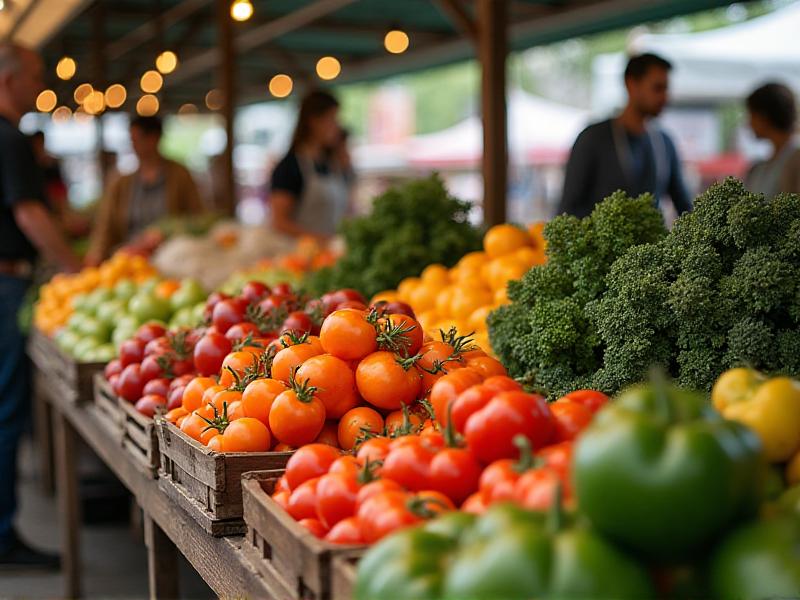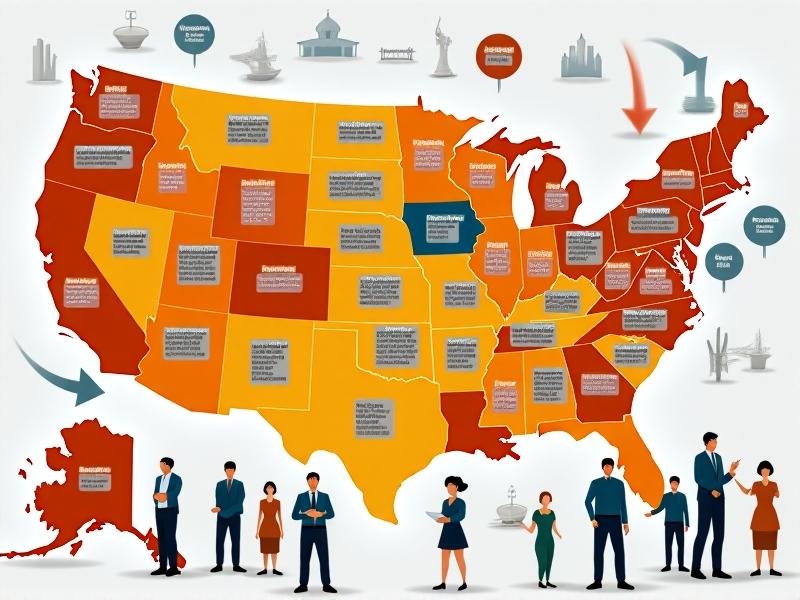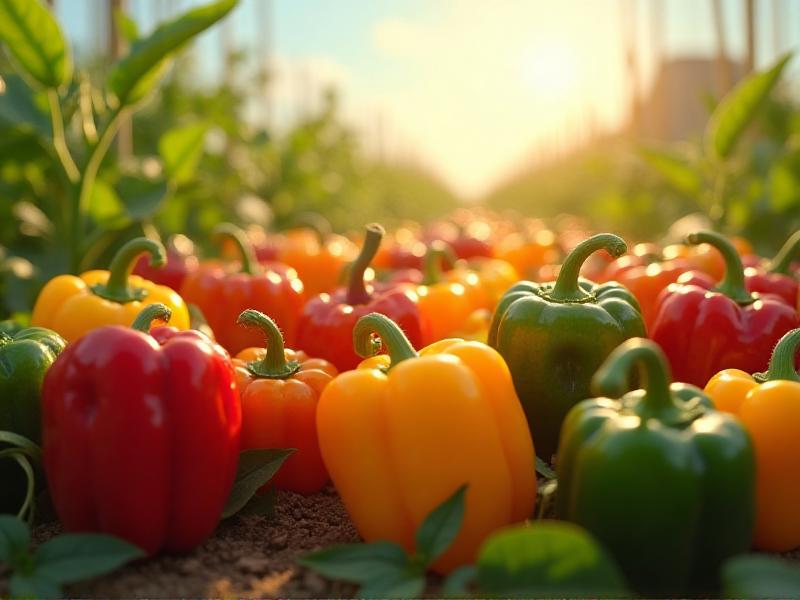State-Specific Cottage Food Labeling Laws
Understanding Cottage Food Laws in the United States
Cottage food laws have become increasingly popular in the United States, allowing individuals to produce and sell certain types of food from their homes. These laws vary significantly from state to state, making it essential for home-based food entrepreneurs to understand the specific regulations in their area. This section will provide an overview of what cottage food laws are, their purpose, and why they differ across states. We’ll also explore the types of foods typically allowed under these laws and the benefits they offer to small-scale producers.

Key Components of State-Specific Cottage Food Labeling Requirements
Labeling is a critical aspect of cottage food production, ensuring consumer safety and compliance with state regulations. Each state has its own set of labeling requirements, which can include details like the producer’s name, address, ingredients, allergen information, and disclaimers. This section will delve into the common elements found in state-specific labeling laws, the importance of accurate labeling, and how to avoid common pitfalls. We’ll also discuss the role of labels in building trust with customers and maintaining transparency.

Navigating the Challenges of Multi-State Compliance
For cottage food producers looking to expand their market beyond their home state, understanding multi-state compliance can be daunting. This section will explore the challenges of adhering to different labeling laws across state lines, including the need for additional permits, inspections, and labeling adjustments. We’ll also provide tips for researching and complying with the regulations of target markets, as well as the potential benefits of focusing on local sales to simplify compliance.

The Role of Technology in Simplifying Labeling Compliance
Technology has become a valuable tool for cottage food producers, helping them streamline the process of creating compliant labels. From label design software to online resources for state-specific regulations, this section will highlight the technological solutions available to home-based food entrepreneurs. We’ll also discuss the benefits of using these tools, such as reducing errors, saving time, and ensuring consistency across products. Additionally, we’ll explore how technology can aid in staying updated with changing regulations.
Case Studies: Success Stories from Cottage Food Producers
Learning from the experiences of successful cottage food producers can provide valuable insights for newcomers. This section will feature case studies of individuals who have navigated state-specific labeling laws effectively, sharing their strategies, challenges, and achievements. We’ll also discuss how these producers have built their brands, marketed their products, and maintained compliance while growing their businesses. These real-life examples will offer inspiration and practical advice for aspiring cottage food entrepreneurs.
Future Trends in Cottage Food Labeling Laws
As the cottage food industry continues to grow, so too do the regulations governing it. This section will explore emerging trends in state-specific labeling laws, such as increased standardization, expanded product categories, and the integration of digital labeling options. We’ll also discuss the potential impact of these changes on producers and consumers, as well as the importance of staying informed about legislative developments. Finally, we’ll consider how advocacy efforts by cottage food associations are shaping the future of the industry.







